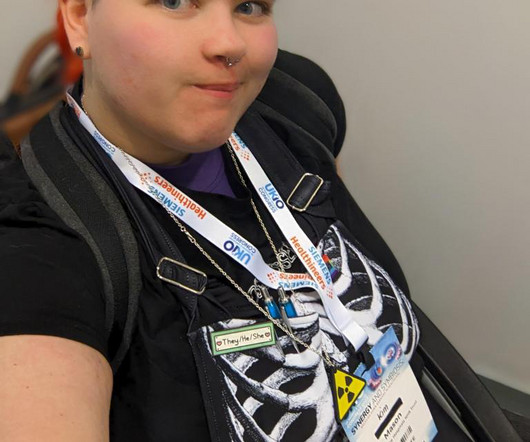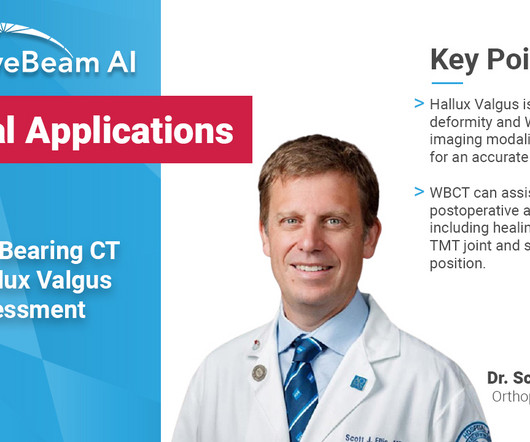Artificial Intelligence Embedded Imaging Modality
The British Institute of Radiology
JUNE 8, 2023
In the third blog of her series on AI and the radiographer, Shamie Kumar explores the impact on the radiographer when AI is integrated within an imaging modality. The question to explore in this blog is when AI is integrated within an imaging modality itself and how that may impact a radiographer.

















Let's personalize your content